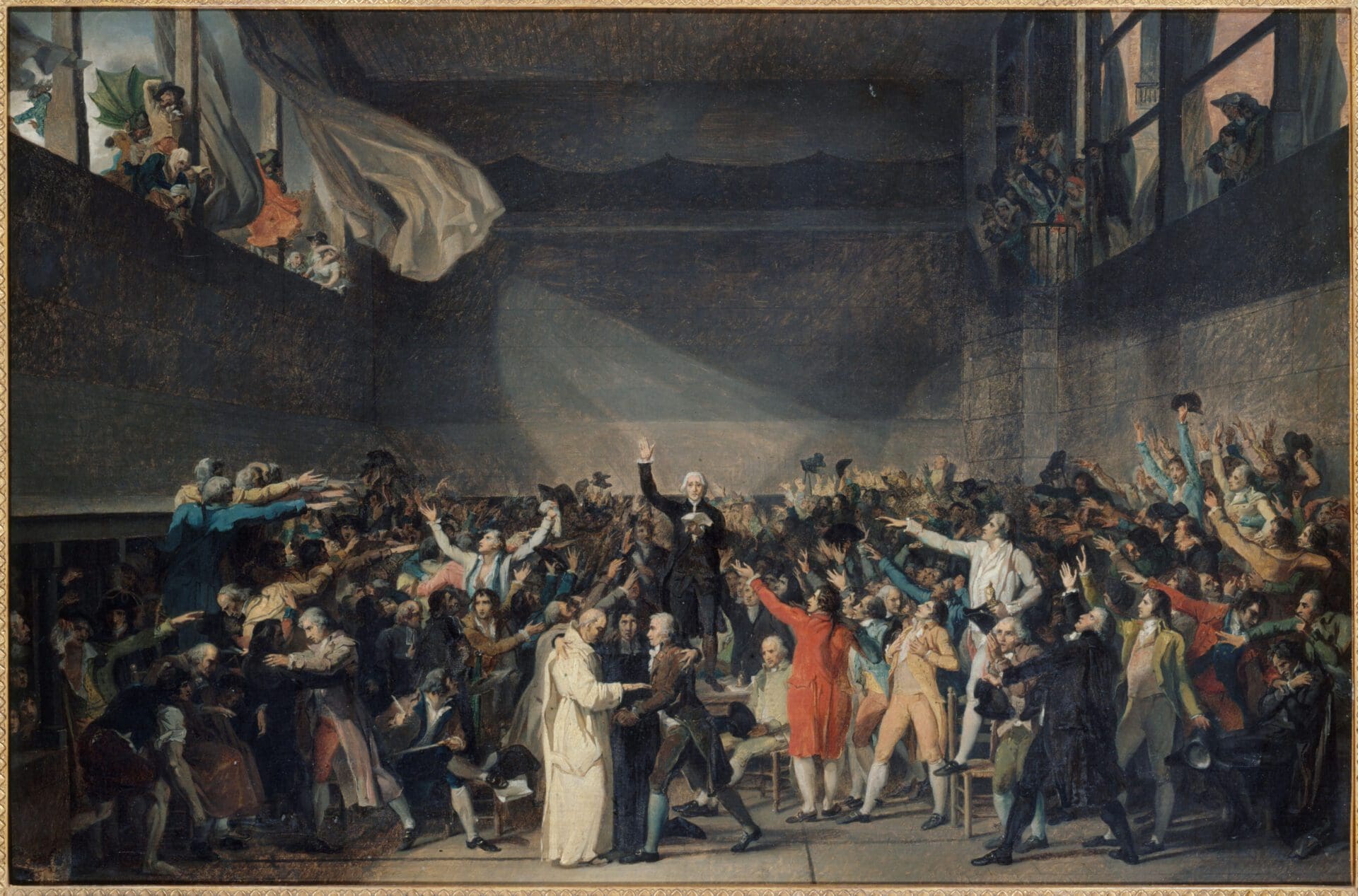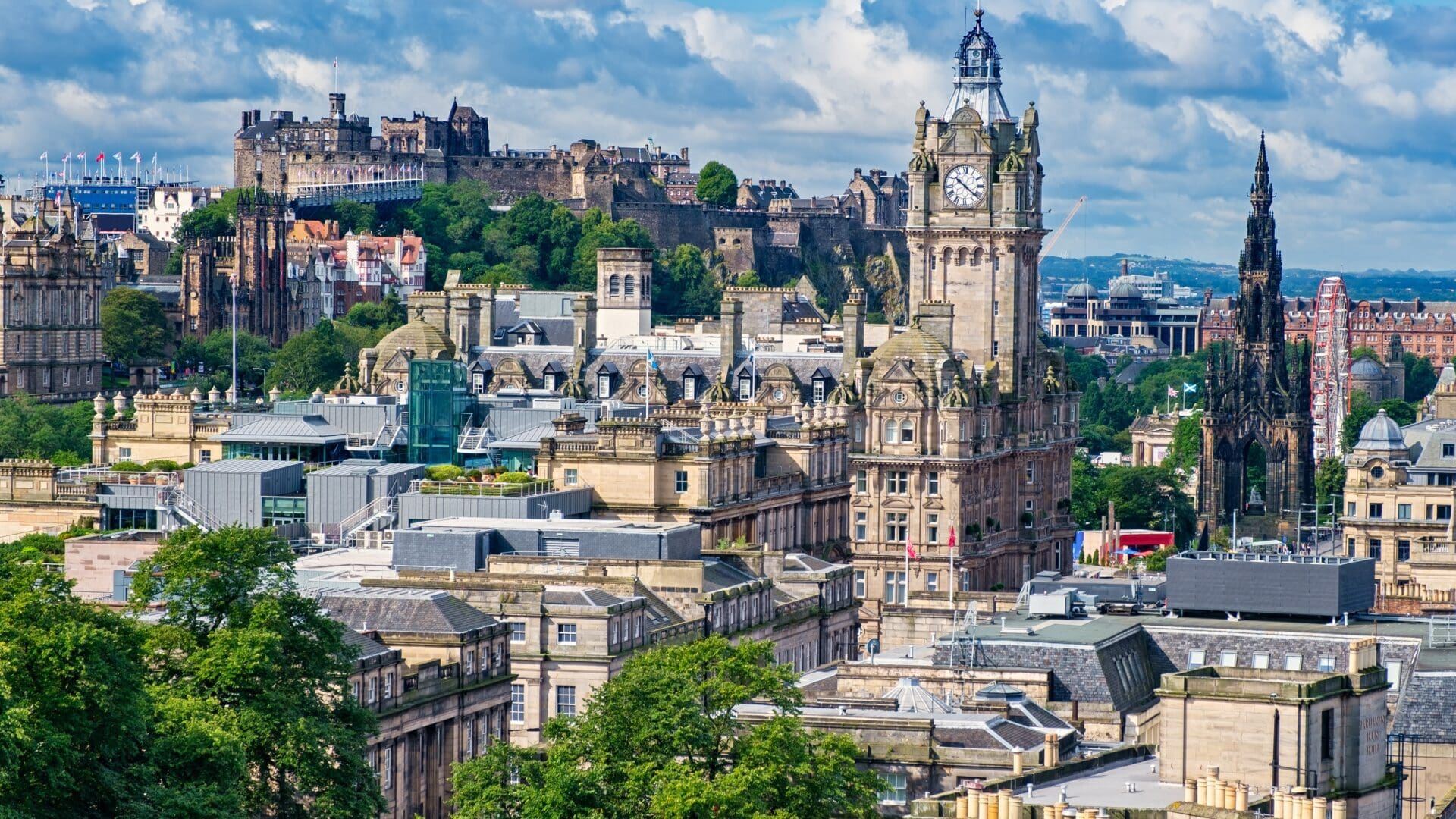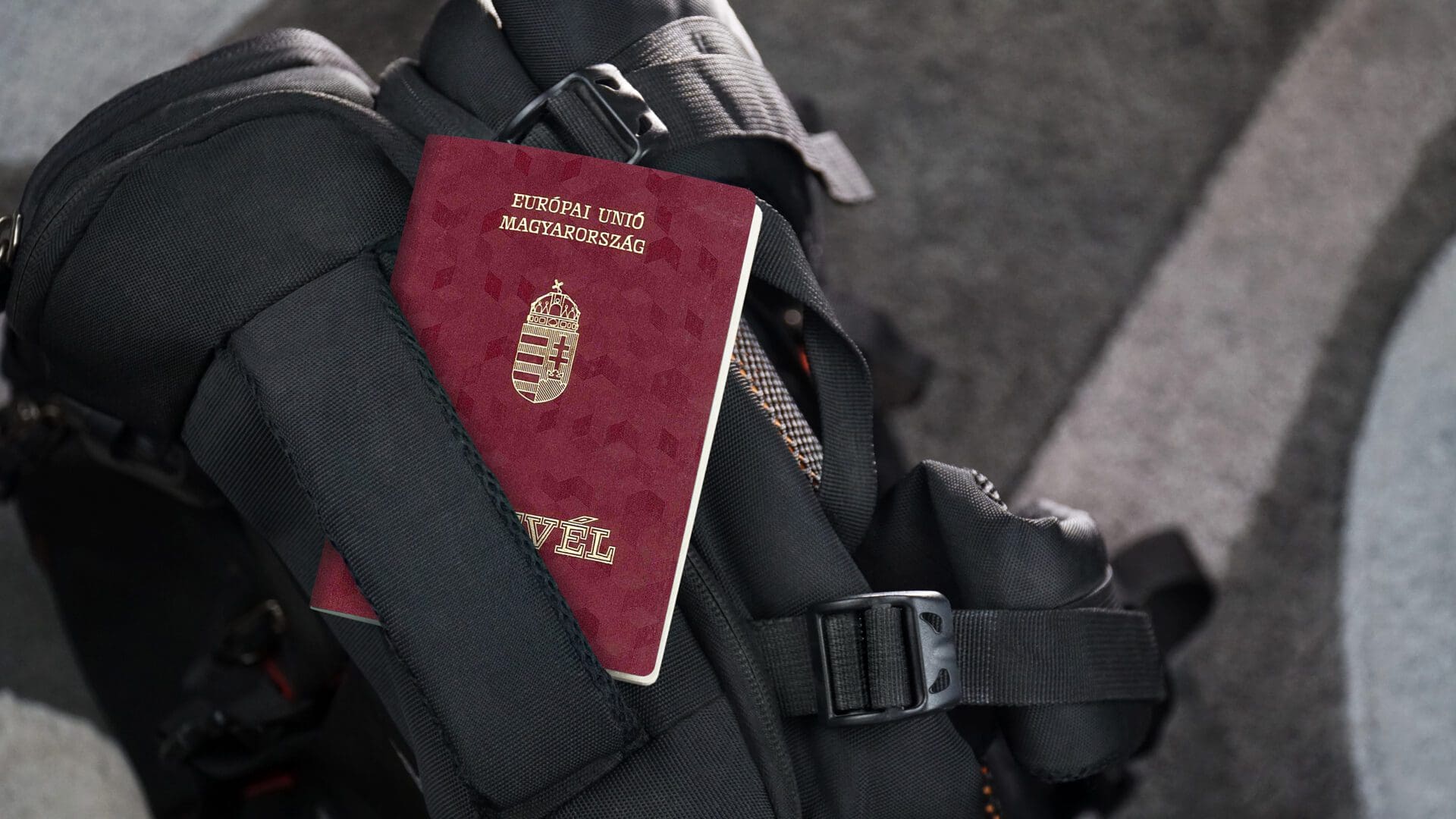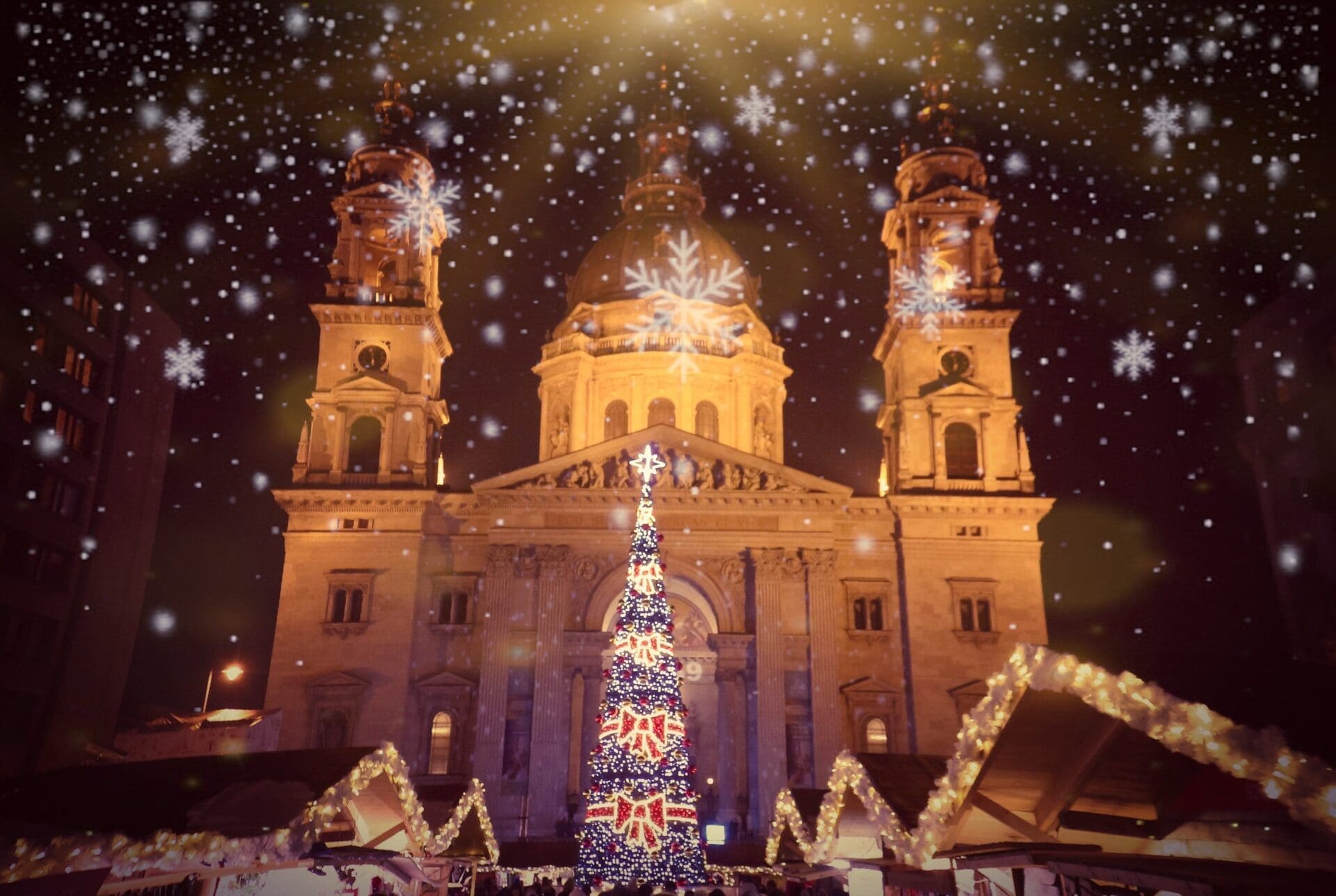
An Appeal from the Old to the New Conservatives
Conservatives are those who uphold tradition, the nation, and the values of the Bible. If we take care to uphold those principles consistently, it will become increasingly difficult, and eventually impossible, for those who advocate other principles, to present themselves as conservatives.









